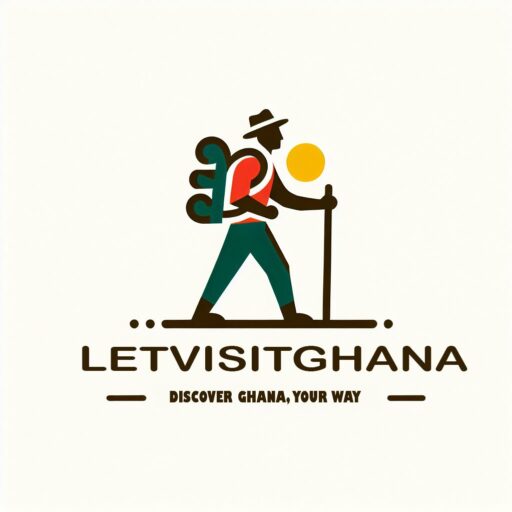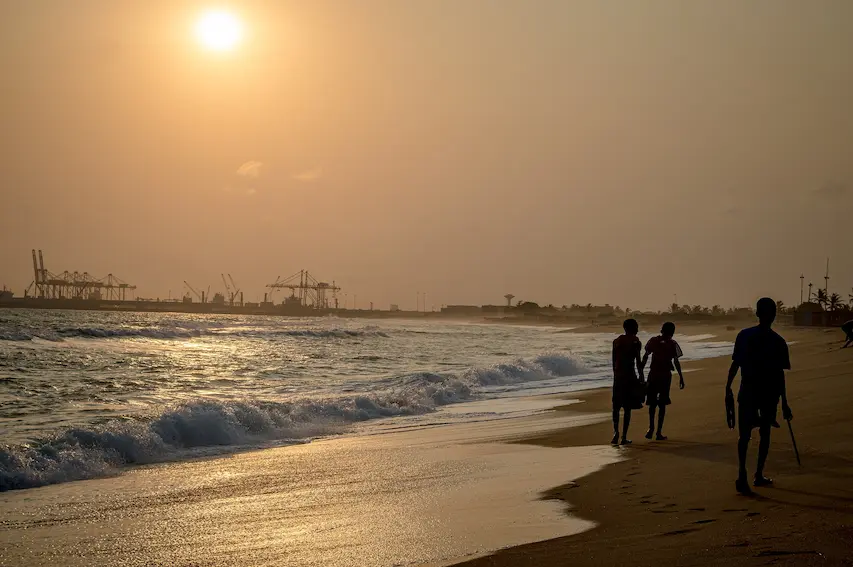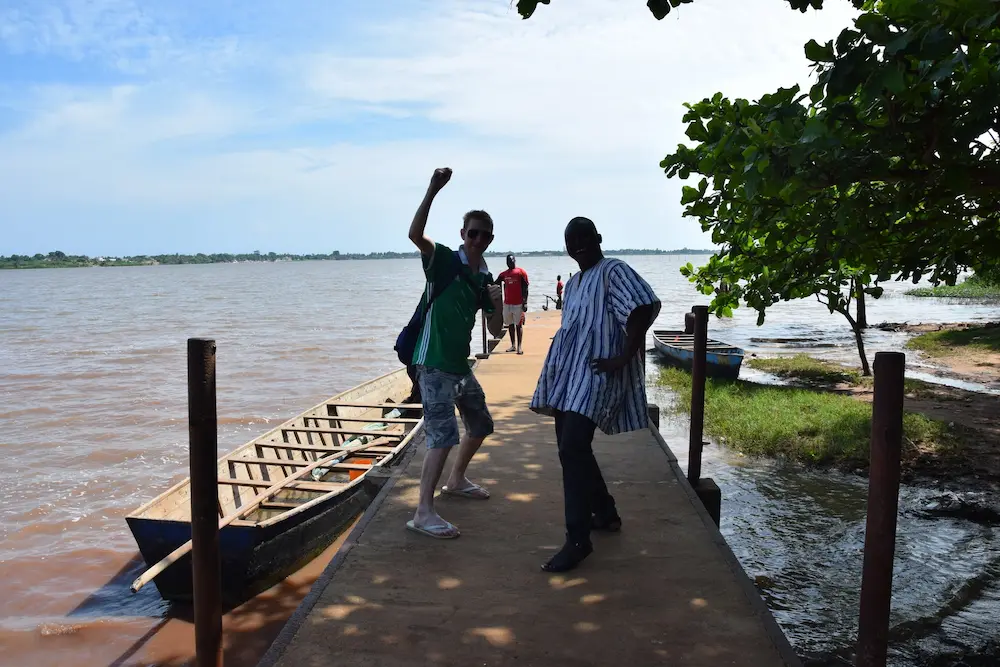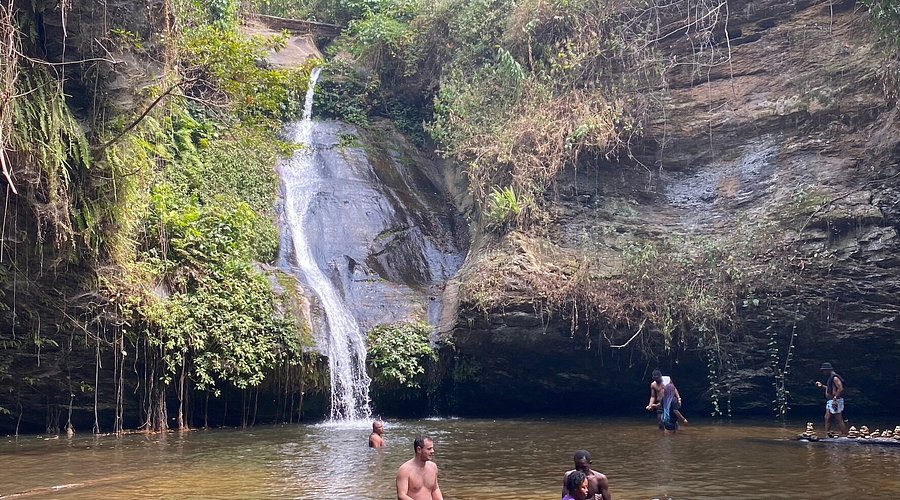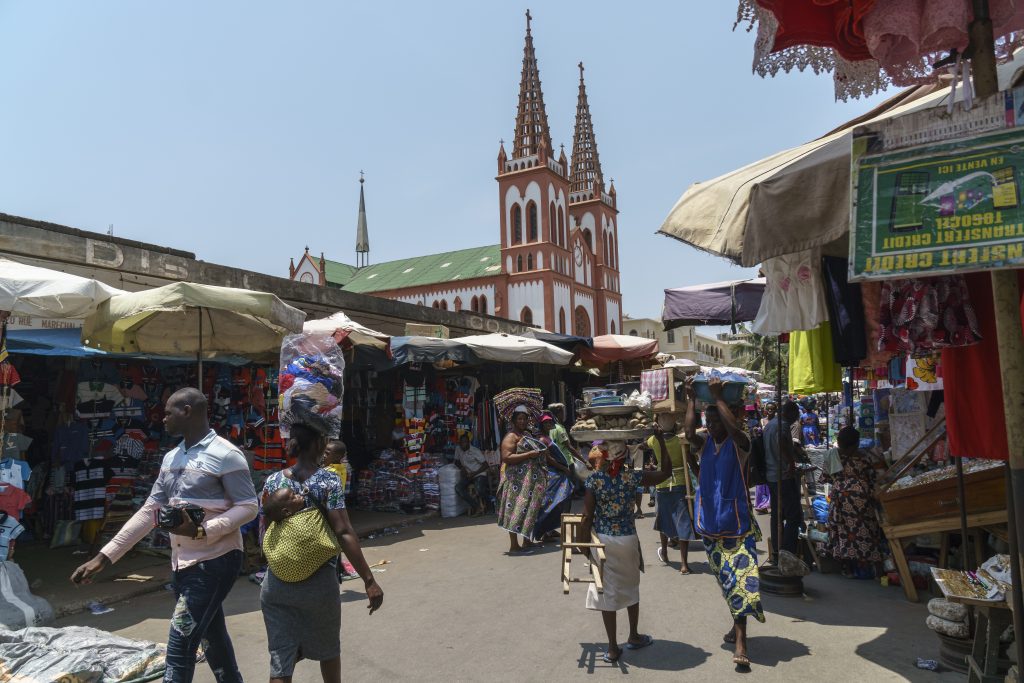Visit Togo
- Home
- Visit Togo
Visit Togo
Visit Togo Your Complete Guide for First-Time Explorers
Why Visit Togo
Togo is a compact but remarkably diverse West African country often called “Miniature Africa.” Its terrain ranges from lagoons and palm-fringed beaches on the Gulf of Guinea to rolling hills, coffee and cocoa plantations, and mountains in the north.
The capital Lomé (pop. ~1.5 million) is a lively port city with bustling markets and colonial landmarks. Togo’s southern coast offers white-sand beaches and seaside towns (notably Lomé Beach and Aneho Beach) framed by coconut palms Inland, the mountains around Kpalimé and Mount Agou (986 m, Togo’s highest peak) offer rainforest hikes and waterfalls. Culturally, Togo is known for its rich traditions (more than 30 local languages) and its strong Voodoo (Vodun) heritage – for example, Lomé’s Akodessawa “Fetish Market” is the world’s largest voodoo market.
In short, Togo packs a bit of everything – nature, culture, history and beaches – into a very traveler-friendly package.
Top 10 Must-See Tourist Attractions

Aneho & Togoville – Lake Togo Canoe Adventure
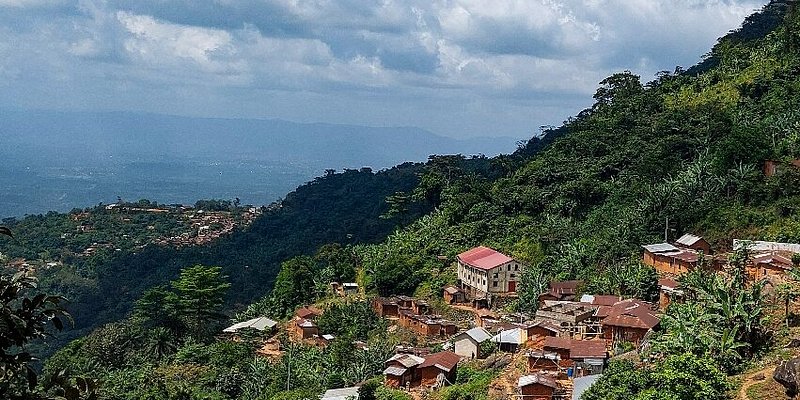
Mount Agou – Togo’s Highest Peak
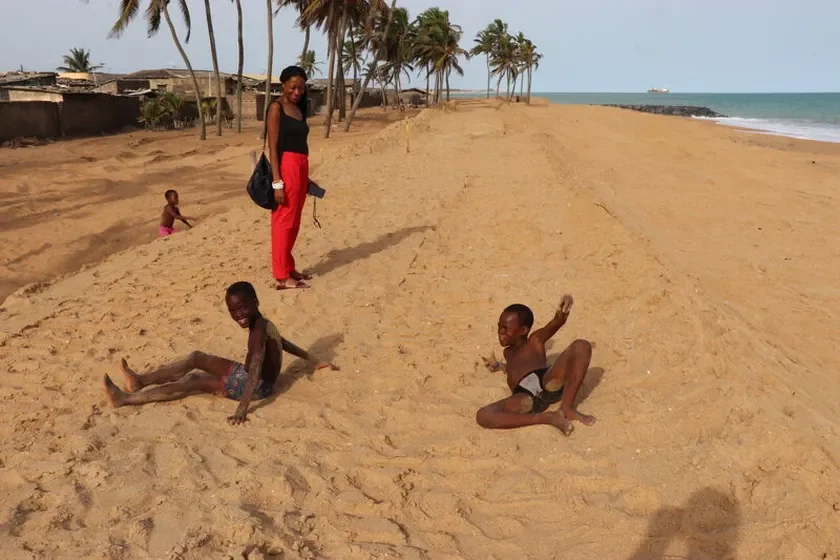
Togo’s Coastal Beaches (Lomé Beach, Aného Beach)

Kpalimé – Waterfalls, Nature & Art
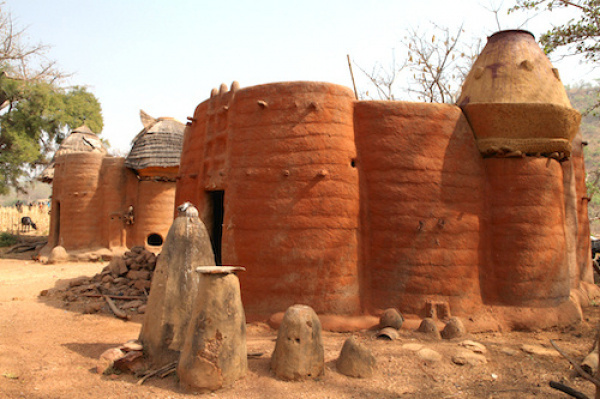
Koutammakou – The Land of the Batammariba
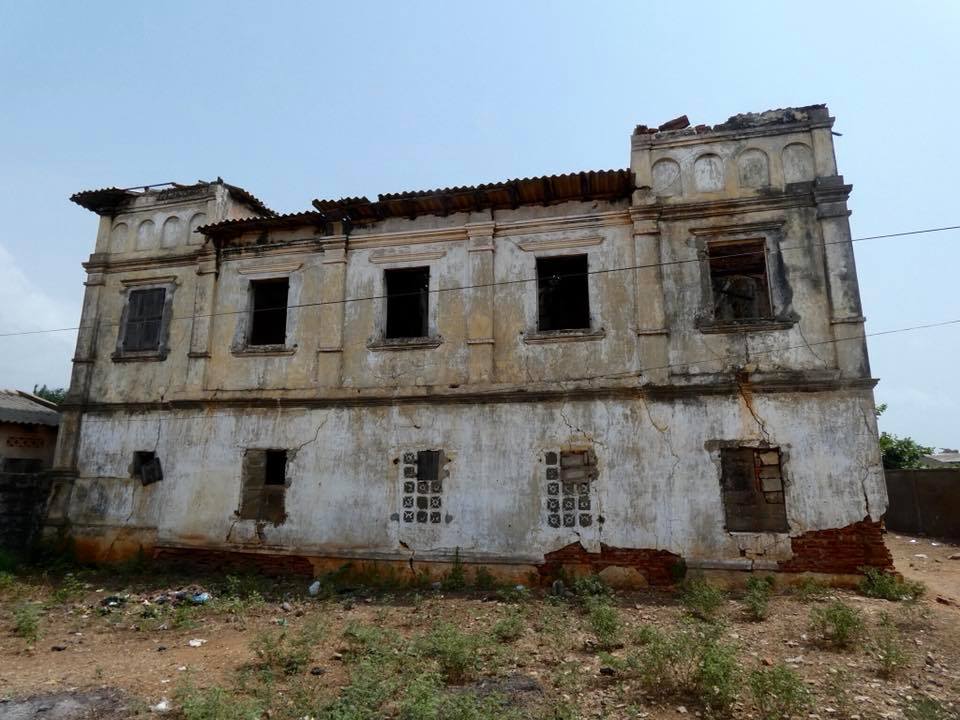
Aného – Colonial Architecture and History
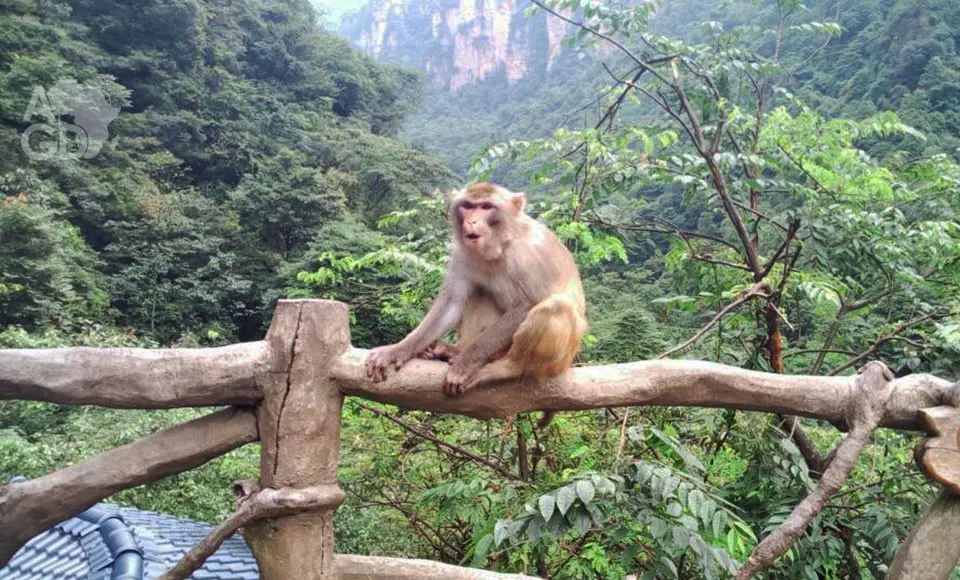
Fazao-Malfakassa National Park
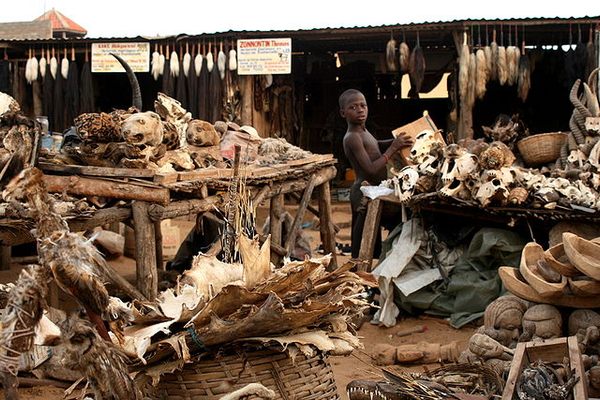
Akodessewa Fetish Market
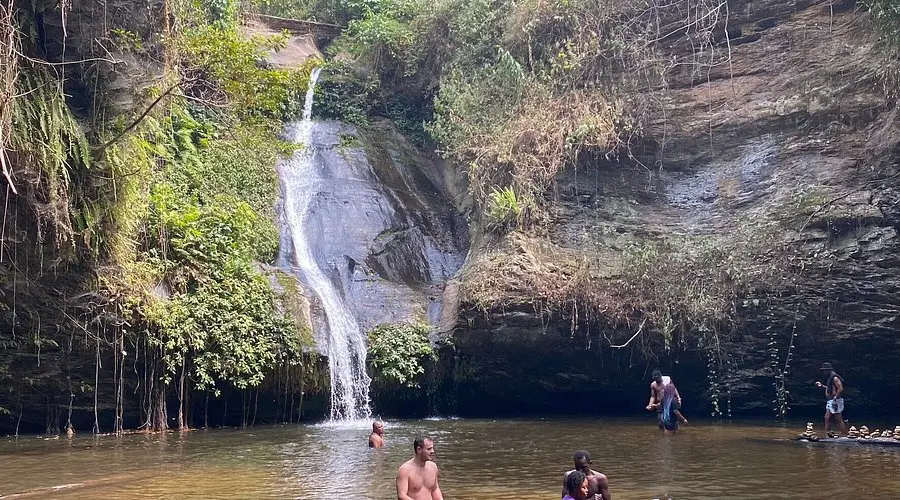
Cascade de Womé
Togo Travel Gallery – Discover It Through Photos
Planning Your Trip
Best Time to Visit
Togo has a tropical climate. The ideal travel season is the dry season from November to February, when the weather is mild and rainfall is low(Be aware that December–March can have Saharan dust haze (harmattan) blowing across the region.)
The rainy season (May–October) brings heavy rains and muddy secondary roads, so travel outside the capital can be challenging then. The hottest period is late January to April.
Getting There & Around
Togo’s main international airport is Lomé-Tokoin Airport (LFW). Lomé is also reachable by road from neighboring Ghana (Accra border) and Benin. Note: border crossings may be closed unexpectedly during election periods.
Within Togo, travel options include domestic buses, shared vans (taxi-brousse) and moto-taxis. Roads south of Kpalimé and along the coast are generally passable; mountainous areas and northern dirt tracks can be rough.
In towns, you can hire local taxis or moto-taxis to get around.
Entry & Visa
Most nationalities (including U.S., EU) must obtain a visa before arrival via Togo’s e-visa system; visas are no longer issued on arrival
A single-entry tourist visa (15 days) costs about 25,000 CFA (~US$40) Your passport must be valid at least 3 months beyond travel dates
Yellow fever vaccination is required for all travelers over 1 year old– you will be asked for the World Health Organization yellow card on entry.
Customs officials may fine undeclared large amounts of cash (over $10,000 USD) on entry or exit.
Note that land borders can close around elections or political unrest so check current conditions before traveling overland.
Health & Safety
Togo carries tropical disease risks. Malaria is present nationwide, so CDC strongly advises taking prescription antimalarial medication before and during your trip
Bring insect repellent (DEET) and use mosquito nets or screens, especially at night. Beyond yellow fever, ensure you are up-to-date on routine vaccinations; some travelers also get typhoid and hepatitis A vaccines. Stick to bottled or boiled water, and eat hot, well-cooked food and washed produce to avoid traveler’s diarrhea.
In terms of security, Togo is generally safer than some neighbors, but petty crime and civil unrest do occur. The U.S. State Department currently rates Togo at Level 2 (“Exercise Increased Caution”)due to crime and terrorism, especially in border areas.
Violent attacks are rare in southern/coastal Togo, but pickpocketing and muggings can happen in crowded markets or at night
Safety tips: Keep a low profile, avoid isolated areas after dark, and do not flash valuables Beware of fake “officials” or internet romance/financial scams, which have been reported
Always carry a photocopy of your passport; if stopped at checkpoints by police, approach calmly, show ID, and don’t hand over your original passport if you can avoid it
The northern border region (near Burkina Faso) is not safe for tourists – U.S. and EU advisories warn against travel north of Kande due to terrorism and kidnapping.
For security updates, register with your embassy’s traveler enrollment program (e.g. [STEP]) before travel
Currency & Costs
Togo’s currency is the West African CFA franc (XOF), pegged to the Euro. ATMs are available in Lomé and a few cities, but carry cash in rural areas. Credit cards are accepted only at major hotels or upscale shops. Bargaining is expected in markets. Prices in Togo are modest: a meal at a local restaurant is inexpensive (a few dollars), and budget accommodation starts around $30/night.
Local Language & Customs
French is the official language, but Ewe and Kabye (Kabiyé) are widely spoken (especially Ewe in the south). Learning a few greetings in French or Ewe will be appreciated. Dress modestly in villages and always ask permission before photographing people. Togo’s culture is warm and communal – if invited for a meal, it’s polite to eat with your right hand (the left hand is considered unclean when eating)
Connectivity
Internet service can be slow, and Wi-Fi is limited to hotels or cafes in cities. Buying a local SIM card (Etisalat/Moov) in Lomé is easy and gives good cellular coverage in populated areas. Electricity is 220V (European plugs), but outages are common; consider a battery pack or travel adapter.
Togolese Culture & Cuisine
Togo’s culture is a blend of indigenous traditions and colonial influences. About 50% of Togolese people practice Voodoo (Vodun) alongside Christianity and Islam. Voodoo is considered indigenous to this region of West Africa, and its rituals and festivals are integral to local life
For example, traditional priests (féticheurs) still play important roles in rural areas and maintain shrines in forest groves and villages. Visitors can learn about Vodun history and art in Lomé’s Fetish Market and in cultural centers (many tours highlight this aspect).
Togo also has lively music and dance traditions One typical example is kakagbo or tchinkoumé rhythms at festivals or clubs.
Togolese cuisine is hearty and flavorful. A staple is fufu (a dough of mashed yams or cassava) served with soups and sauces Common sauces include spicy tomato-onion stews, groundnut (peanut) soups, or palm nut sauces with vegetables and fish or meat.
Another classic is akume or pâte (a stiff porridge made from cornmeal) eaten with sauces. Fish is plentiful (grilled on the beach or in towns), and many dishes use freshwater fish. Street food and markets offer skewered grilled meats, rice dishes and cassava beignets. Tropical fruits abound year-round for example mangoes, bananas, pineapples and papayas are ubiquitous snacks or desserts.
Overall, meals are hearty and often enjoyed communally; try local specialties like grilled tilapia or chili pepper sauce (otika) for an authentic taste of Togo.
Sample 7-Day Itinerary to Explore Togo
Morning: Arrive at Lomé Airport. Hotel check-in.
Afternoon: Light lunch near the beach.
Evening: Sunset walk on Lomé Beach. Seafood dinner by the ocean.
Morning: Explore Grand Marché de Lomé — shop for fabrics, beads, and crafts.
Afternoon: Visit the Akodessewa Fetish Market, followed by the Independence Monument.
Evening: Try Togolese street food at the Lomé Night Market.
Morning: Drive to Aneho, visit colonial buildings, and take a canoe across Lake Togo to Togoville.
Afternoon: Visit the Togoville Cathedral, voodoo shrines, and meet local artisans.
Evening: Return to Lomé, relax with grilled tilapia dinner.
Morning: Depart for Kpalimé, a scenic town in the highlands.
Afternoon: Visit local craft centers (batik, wood carving), and enjoy coffee from local plantations.
Evening: Overnight in Kpalimé, dinner in a local guesthouse.
Morning: Guided hike to Mount Agou, the highest peak in Togo.
Afternoon: Swim at the Cascade de Womé waterfall. Picnic lunch.
Evening: Rest and recover in Kpalimé. Optional cultural dance performance.
Accordion Content
Morning: Early departure to Kara by private transport or domestic flight.
Afternoon: Explore Koutammakou, a UNESCO cultural landscape of the Batammariba people.
Evening: Stay in a traditional guesthouse or eco-lodge in Kara.
Morning: Begin return trip toward Lomé, with scenic stops along the coast.
Afternoon: Relax at Aneho Beach or Lomé Beach.
Evening: Farewell dinner, shop for souvenirs before your flight.
Frequently Asked Questions
Togo’s tourism has been growing. Recent data show roughly 1 million visitors per year. For example, about 983,969 tourists came to Togo in 2021, and in 2022 it reached roughly 1,000,0 (By comparison, Togo saw about 712,000 tourists in 2018
These figures come from government and industry reports highlighting a rebound in travel after the pandemic
Yes, many travelers and officials consider Togo a worthwhile destination. The country offers a diverse range of attractions for a small nation. It has sandy beaches on the Gulf of Guinea, rolling hills and plateaus in the center, and mountainous terrain in the north
Togo’s cultural heritage is rich: over 40 ethnic groups, traditional dances, colorful markets and festivals, a French colonial history, and a unique Voodoo tradition (Togo is considered one of the birthplaces of Voodoo in West Africa Wildlife is accessible in several national parks (e.g. Fazao-Malfakassa and Kéran), where visitors may see elephants, antelopes and many birds
The capital Lomé is a vibrant coastal city with bustling markets (such as the famous Fetish Market), lively nightlife and beach life
Historic towns like Togoville (on Lake Togo) offer colonial-era architecture and insight into local history and traditions.
Reflecting this appeal, Togo’s Tourism Minister has even called it a “must-see destination” at the regional level
Key attractions in Togo:
Diverse landscapes: Beaches (Gulf of Guinea), hills and northern mountain
Rich culture: Many ethnic traditisons, dance and festivals, and a colonial history.
Voodoo heritage: Togo is known for Voodoo rituals and ceremonies
Wildlife and parks: Fazao-Malfakassa and Kéran parks for safari and birdwatching.
Lomé city: A lively city with markets (e.g. Marché des Fétiches) and nightlife
Historic Togoville: On Lake Togo, with a colonial cathedral and traditional culture
Travel safety in Togo requires caution, but it is not uniformly dangerous. Official advisories rate Togo at Level 2 (exercise increased caution). Criminal and terrorist activity is mainly a concern in the northern regions bordering Burkina Faso. For example, U.S. travel advisories note that “criminals and terrorist groups are active in Togo, particularly in areas bordering Burkina Faso and Northern Benin,” and they warn that attacks can occur with little warning
Indeed, the U.S. Department of State advises not to travel to the northern border areas (within 5 km of Burkina Faso) due to terrorism and kidnapping threats In southern and urban areas (including Lomé and the coast), the threats are lower but common petty crime occurs.
Both U.S. and U.K. advisories emphasize that robbery, theft and pickpocketing happen frequently, especially in crowded markets, beaches and at night.
The UK Foreign Office specifically warns that “violent crime, theft and pickpocketing are common in Togo, particularly on the beaches and markets of Lomé.
Advice includes standard precautions: avoid isolated areas at night, keep valuables hidden, and stay aware of your surroundings.
In summary, Togo is not universally dangerous, but travelers should stay informed and cautious. Stick to well-traveled areas (the coast and major towns) and follow local advice. Many travelers do visit safely, but it’s wise to heed the warnings about northern border regions and petty crime in Lomé
No – by international standards, Togo is quite inexpensive. Daily costs are low. One travel guide estimates that a budget traveler spends only about $20–30 USD per day, a mid-range traveler about $50–100 USD/day, and even a luxury budget stays below $150/day on average
Typical expenses are modest: basic guesthouses can cost $10–30 USD per night, mid-range hotels around $50–100, and even pricier resorts ~$150–300
Meals are very cheap – local street food often costs $1–3 USD, mid-range restaurant meals $5–15, and higher-end dining about $20 or more. Thus many visitors report that accommodation, food and transport are affordable. In short, Togo ranks among the lower-cost African destinations for travelers
Togo uses the West African CFA franc (currency code XOF), the same currency shared by seven other West African countries. The XOF is issued by the Central Bank of West African States (BCEAO) and is pegged to the euro. In fact, it is fixed so that 1 euro = 655.957 XOF. (Historically, 100 CFA francs = 0.152449 EUR
This peg keeps the currency’s value stable. In practice, as of late 2024, 1 US dollar is around 575 XOF (fluctuating roughly in the 570–590 range
So Togo’s currency is easily convertible; tourists typically exchange USD or EUR to XOF at banks. (For example, one source notes 1 USD ≈ 574 XOF
Driving from Accra (Ghana’s capital) to Lomé (Togo’s capital) is relatively quick. The distance is about 190–195 km (roughly 120 miles) along the coastal highway
Typical travel calculators give a driving time of about 2.5 to 3 hours under normal conditions. For instance, a route from Kotoka International Airport (Accra) to Lomé is estimated at around 2 hours 35 minutes
Even allowing for border crossing time or slower traffic, the trip is usually completed in under 4 hours. (The straight-line distance is ~170 km, so at a sustained speed it could be as little as 1.75 hours, but realistic traffic yields about 3 hours
